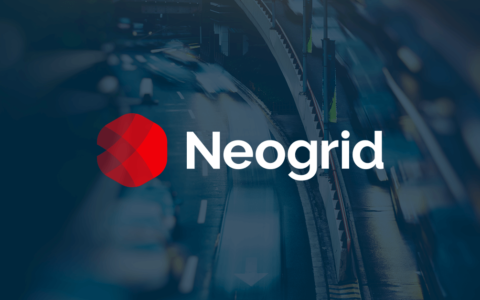
Recently, NeoGrid North America’s vice president of product Paris Gogos was a guest panelist for Supply & Demand Chain Executive’s webinar, “The Internet of Things, Part 1.” For those of you who were unable to attend the insightful webinar, here are some key topics that were covered.
What is the Internet of Things?
The Internet of Things (IoT) refers to the concept of connecting devices in order to collect and exchange data. As a consumer, there is a good chance you don’t even realize that you are using the platform on a daily basis.
Take Uber for instance. When you order an Uber the application is instantly aware of where you are and the fleet of vehicles available to service your requirements. It then automates that process; sensors where the designated driver is; and lets the customer know arrival time and intended route. From there, the app senses when you leave the vehicle and the financial transaction happens automatically.
What is IoT’s transformational capacity?
IoT has immense transformational possibilities in not only the supply chain but in a much broader context. It is essentially a process: the technology allows companies to sense what is going on, make decisions based on that information and then receive automated responses to that data, providing a far more real-time and accurate data source for supply chains.
When you look at today’s consumers they really operate on the basis of “it is my way or the highway”. They are very demanding in terms of when, where and how products and services are made available to them. The supply chain needs to be responsive to that and needs to be able to seamlessly trigger actions and responses given those signals. IoT is a sense, decide and response mechanism allowing supply chains to better understand what is going on and respond appropriately.
How does IoT enable a smarter supply chain network by connecting companies, processes, information and now, devices?
IoT creates a network-oriented view of the supply chain where companies are connecting not only their own factories with distribution centers but with the customers’ distribution centers. It will continue to help expand networks and create an automated supply chain where there is a shared, real-time visibility into both inventory and consumer demand. The big thing is the shift to a complete, network view from a siloed, single company view of the supply chain.
In closing
IoT is continuously evolving in the supply chain. Some of the benefits and applications people are talking about today are going to see the light of day at some point. It is just a matter of time for the technology and use cases to mature before they become fully main stream.
To learn more about IoT, check out the full webinar here.




